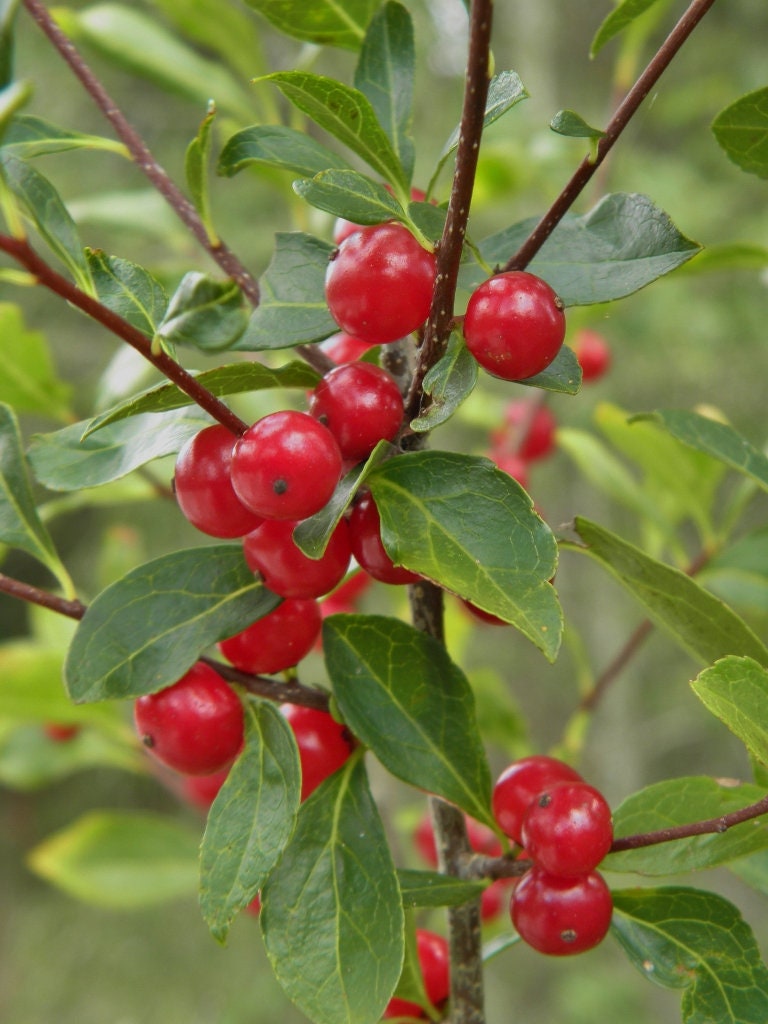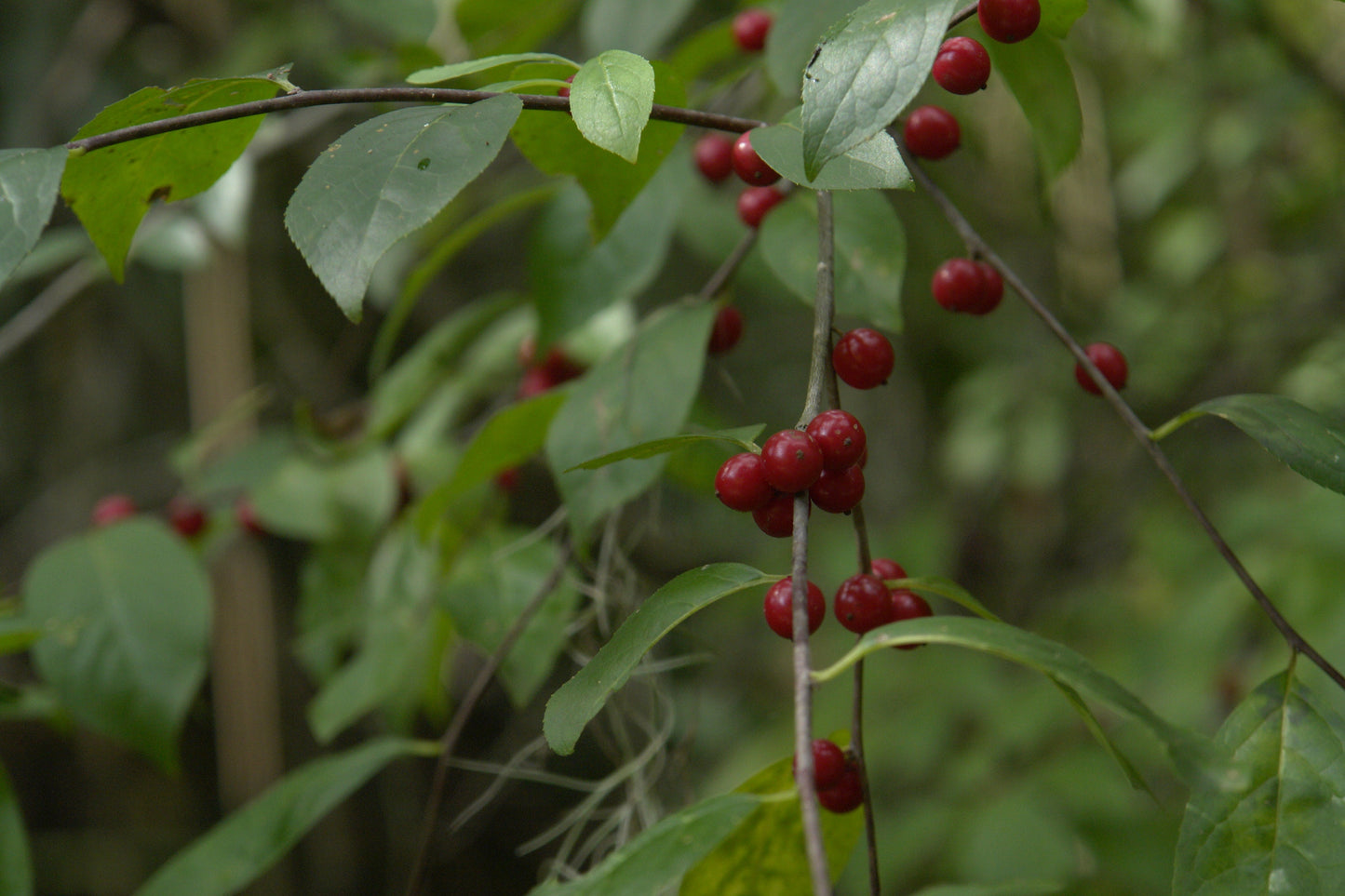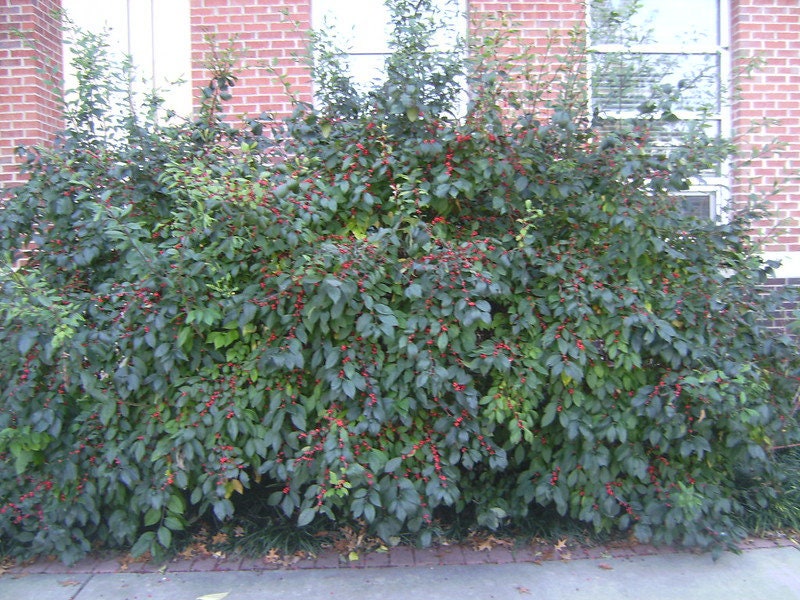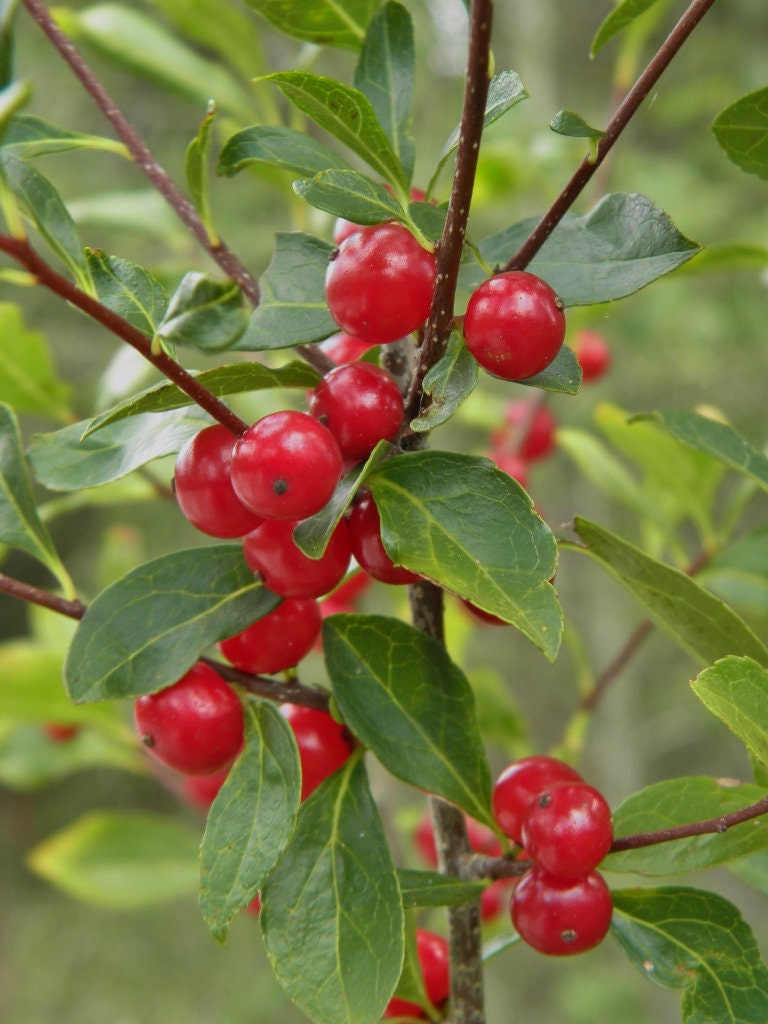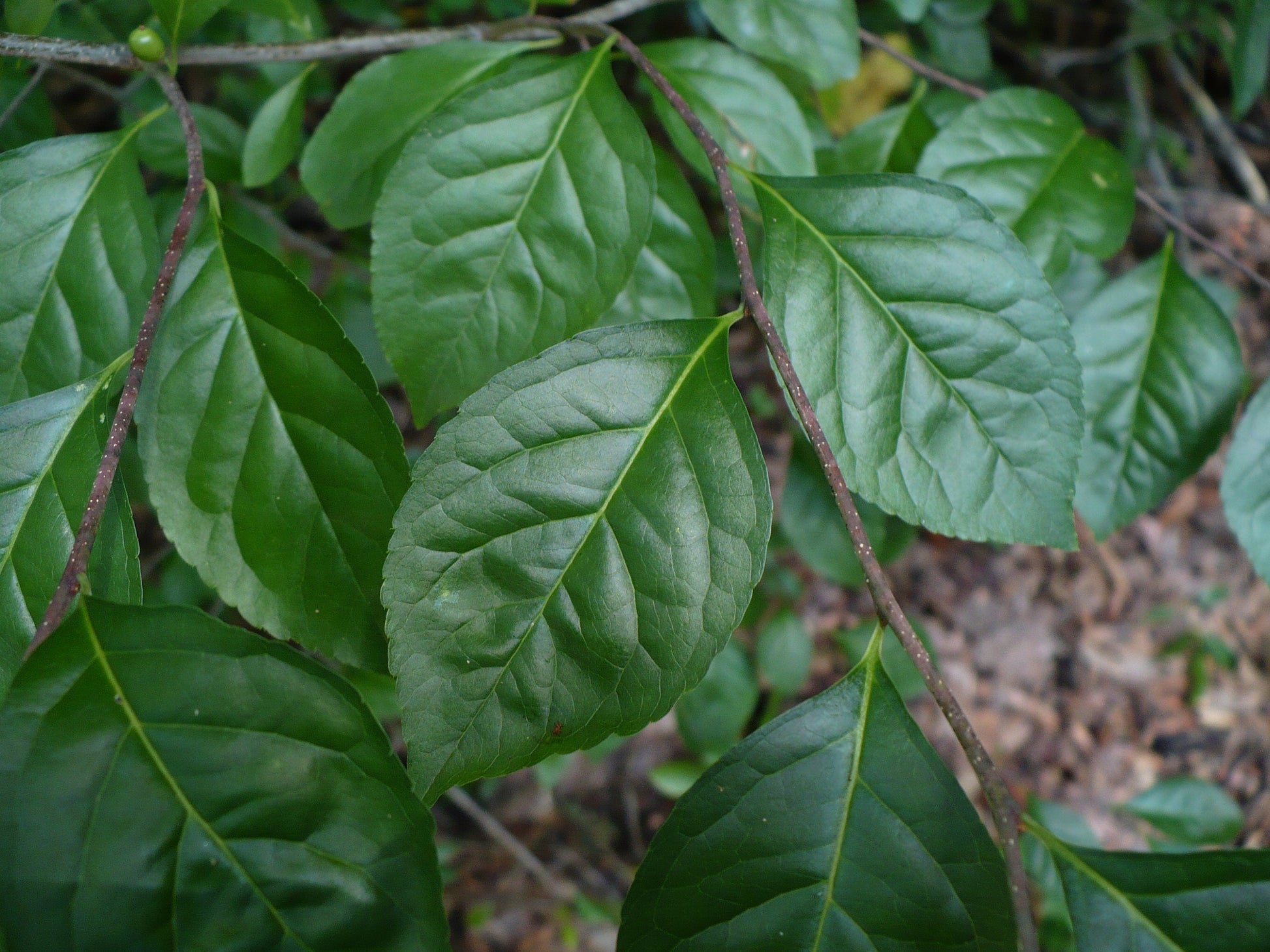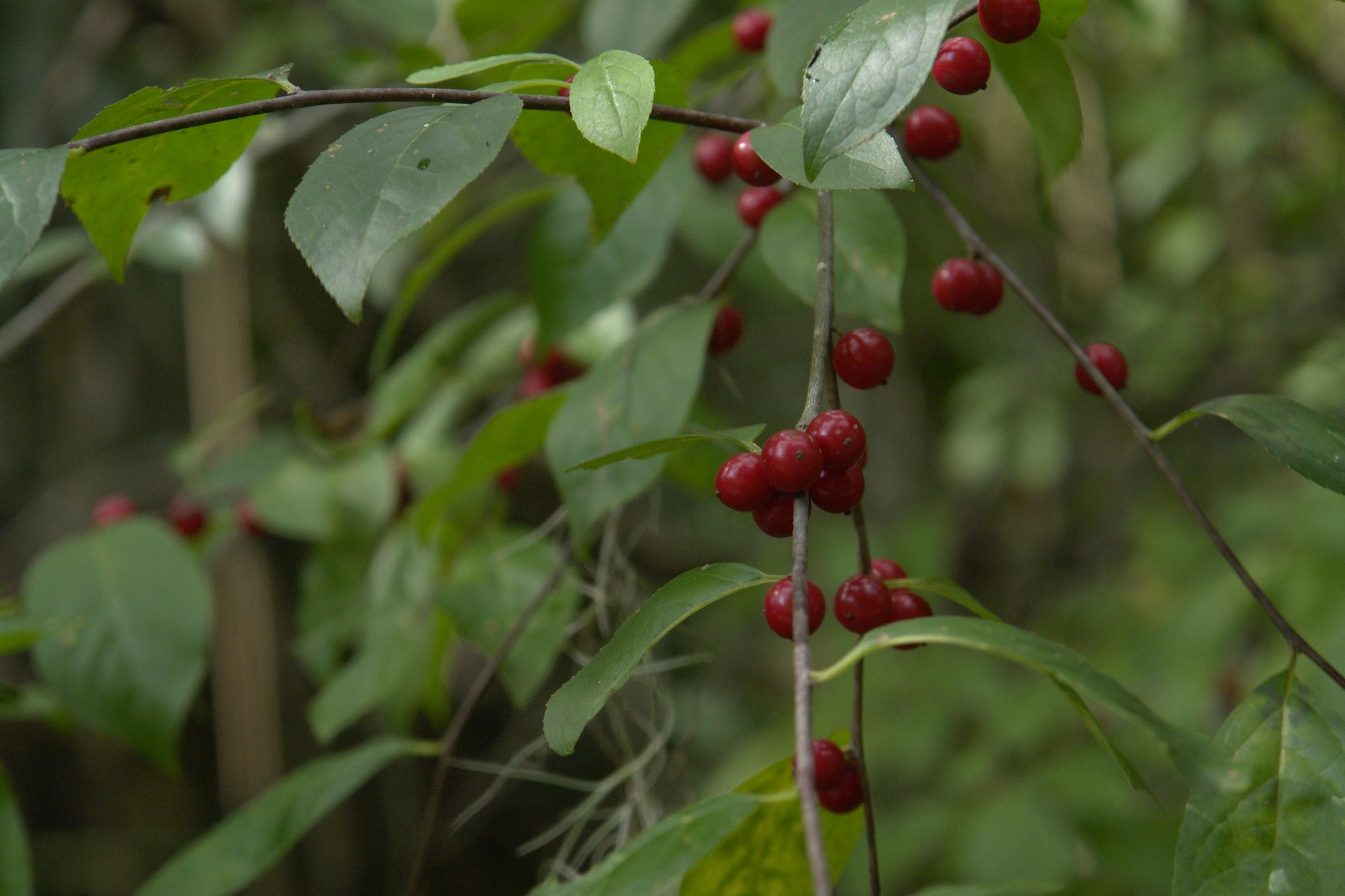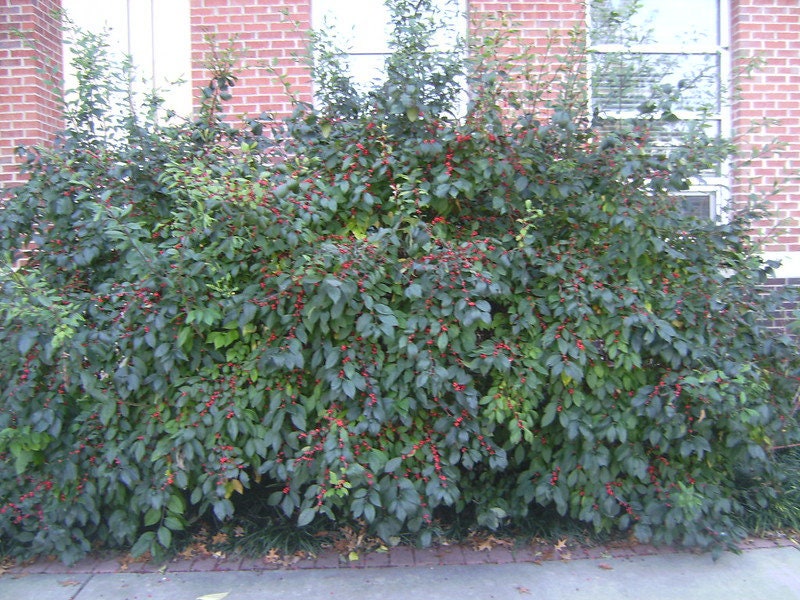R&B Floridaseeds
Carolina Holly Ilex ambigua 20 Seeds USA Company
Carolina Holly Ilex ambigua 20 Seeds USA Company
Couldn't load pickup availability
Ilex ambigua, commonly known as Carolina holly or Sand holly, is a species of evergreen shrub or small tree belonging to the genus Ilex in the family Aquifoliaceae. It is native to the southeastern United States and is known for its tolerance of sandy and coastal conditions.
Here are some key characteristics of Ilex ambigua:
Appearance: Carolina holly typically grows as a multi-stemmed shrub, but it can also develop into a small tree with a rounded crown. The leaves are small, dark green, glossy, and have spiny margins, which is a common trait among hollies.
Flowers: The species produces small, inconspicuous white flowers that typically bloom in spring. The flowers are often followed by small, berry-like fruit. These berries are usually red or orange and provide food for various bird species.
Habitat: Ilex ambigua is well-suited for sandy and coastal habitats. It can thrive in dune systems, maritime forests, and other coastal environments. Its ability to tolerate salt spray and sandy soils makes it a valuable plant for stabilizing coastal areas.
Growth Conditions: This species prefers well-draining soils and can tolerate a range of soil pH levels. It thrives in full sun to partial shade. Its natural habitat in coastal regions is characterized by relatively mild winters and warm summers.
Uses: Carolina holly has ornamental value and is used in landscaping and garden design, particularly in coastal regions. Its dense foliage and evergreen nature make it a useful plant for creating hedges, screens, or as a background planting. The berries also add visual interest and attract wildlife.
Wildlife Importance: The berries of Ilex ambigua provide a food source for birds, such as thrushes, mockingbirds, and cedar waxwings, which help in spreading the plant's seeds.
Growing Instructions
The seeds have a period of dormancy. They can be planted outdoors in the fall or winter for spring germination or they can be cold stratified to simulate winter conditions and to break their dormancy at any time of the year. 1. Scarify the seeds by nicking or sanding the seed coat. The seeds can be sanded with sandpaper, a nail file or an emery board. 2. Soak the seed in water for 24 hours. 3. Place the seeds in a plastic bag and seal it. Store the bag in a refrigerator for two months. 4. The seeds like moist, well-drained soil. Prepare a mixture of half potting soil and half sand, perlite or vermiculite. Put the soil in a pot. Water the mixture so that it is moist but not wet. 5. Sow the seeds 3/8 of an inch deep. 6. Water the container and leave it to drain. 7. Put the pot in a shady area. 8. Water the pot regularly so that the soil is moist but not wet. 9. The seedlings can be transplanted when they are a few inches tall.
Materials
Materials
Shipping & Returns
Shipping & Returns
Dimensions
Dimensions
Care Instructions
Care Instructions
Share
